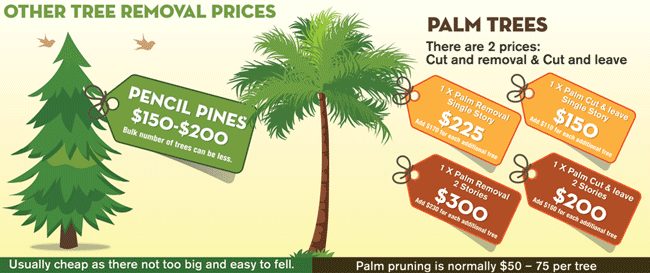After Removing Trees, Correct Treatment Is Essential For Landscape Healing; Figure Out The Required Activities To Restore Your Room And Protect Against Upcoming Difficulties
After Removing Trees, Correct Treatment Is Essential For Landscape Healing; Figure Out The Required Activities To Restore Your Room And Protect Against Upcoming Difficulties
Blog Article
Team Author-Hinrichsen McKinnon
After a tree's removal, your landscape might look rather different, and it's important to examine the consequences thoroughly. You'll want to review the soil disruption and check bordering plants for any type of indicators of anxiety. Overlooking When And How To Prune Fruit Trees can lead to larger troubles down the line. So, what should you finish with those stumps and origins? And just how do you choose the most effective plants for your rejuvenated area? Let's check out these crucial steps.
Analyzing the Consequences: Reviewing Your Landscape
After a tree elimination, it's important to evaluate your landscape to comprehend the influence it carries your lawn.
Begin by analyzing the location where the tree stood. Look for signs of soil disruption, and check the bordering plants for any kind of anxiety or damages.
You ought to also keep in mind of exactly how the elimination has transformed sunlight exposure and air movement in your garden. This change can affect the development of neighboring plants, so it's necessary to evaluate their health.
Take into consideration the visual facets as well; the elimination could produce an open space that you can redesign.
Finally, think about any type of potential erosion issues that could develop from the tree's absence. Dealing with these aspects early will help bring back balance to your landscape.
Dealing With Stumps and Origins: Alternatives for Elimination
As soon as you have actually assessed the after-effects of the tree removal, you'll likely require to tackle the stump and origins left.
You have a couple of alternatives for removal. One effective method is stump grinding, where a professional makes use of a maker to grind the stump to underground degree. This method leaves very little disturbance to your landscape.
If you choose a DIY approach, you can use a combination of excavating and chemical stump eliminators. Just remember, this procedure can take time and initiative.
Conversely, consider leaving the stump as an all-natural feature, which can work as a distinct garden element or environment for wild animals.
Whatever you choose, addressing the stump and origins is important for restoring your landscape.
Selecting the Right Plants for Your New Space
As you examine your freshly cleared area, picking the right plants can dramatically enhance your landscape's elegance and performance.
Begin by thinking about the sunshine and dirt problems. For bright locations, opt for drought-resistant plants like lavender or succulents. In shaded places, ferns and hostas prosper well.
Consider the size and growth routines of your plants; mix perennials and annuals for seasonal range. Do not neglect to integrate https://coolhunting.com/design/interview-exterior-design-trio-manscapers/ call for much less upkeep and support regional wild animals.
Group plants in strange numbers for an extra all-natural appearance and develop layers for visual depth.
Finally, ensure you have a mix of shades and appearances to maintain your landscape vibrant throughout the seasons.
Pleased growing!
Verdict
Finally, recovering your landscape after tree removal is a satisfying process. By assessing the after-effects, dealing with stumps and origins, and choosing the right plants, you'll develop a thriving setting. Do not forget to integrate erosion control actions to secure your soil. With a little initiative and care, you can change your area into a dynamic garden that boosts your residential or commercial property. Embrace the chance to revitalize your landscape and delight in the elegance of nature right in your yard!
